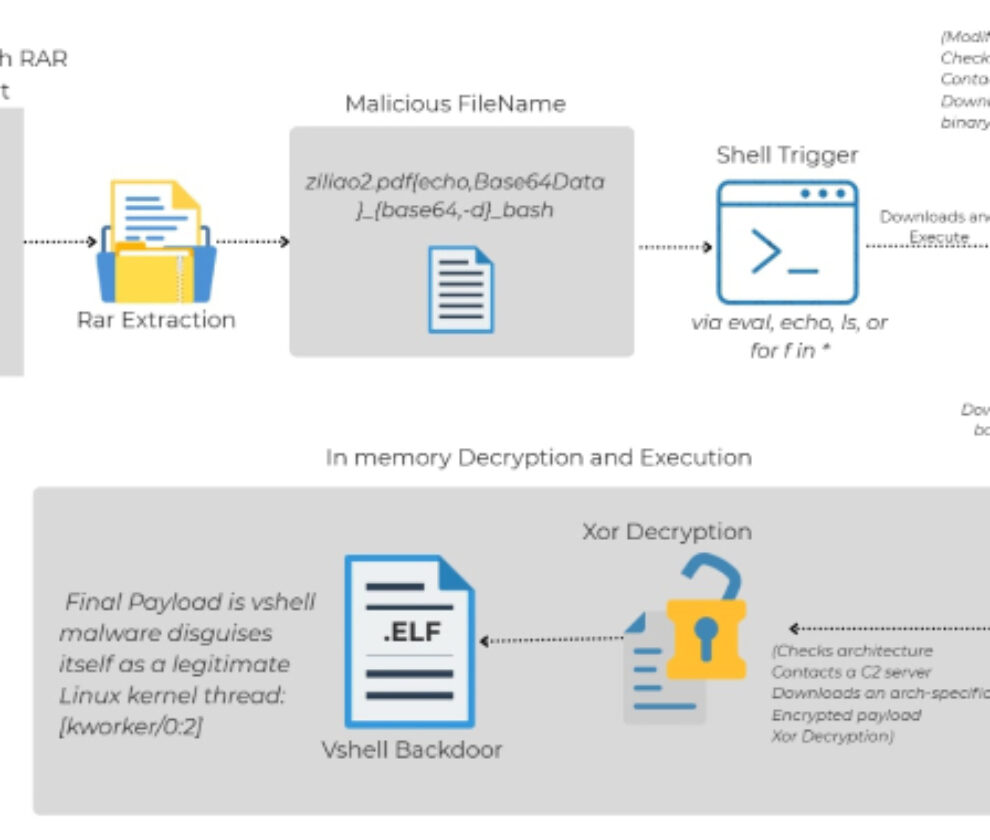In today’s digital-first world, security has become a paramount concern for businesses. One of the most promising advancements in the domain of authentication is passkeys – a modern replacement for traditional passwords. However, not all passkey implementations are created equal. Synced passkeys, often favored for their multi-device convenience via cloud services, come with notable vulnerabilities. This article explores how attackers exploit these weaknesses, the risks associated with synced passkeys, and why device-linked passkeys provide superior security for businesses.
What Are Synced Passkeys and Their Risks?
Passkeys, or access keys, are digital credentials designed to enhance secure authentication. Synced passkeys rely on cloud services like iCloud or Google Cloud to work seamlessly across multiple devices. While convenient, they introduce new security risks, such as:
- Cloud account breaches: If a cloud account is hacked, attackers gain access to synced passkeys for multiple devices.
- Mixing personal and professional accounts: When synced passkeys are used on work devices with personal accounts, it increases the attack surface.
- Exploiting recovery mechanisms: Weak recovery protocols can allow malicious actors to replicate an entire keychain onto a new device.
These vulnerabilities present substantial threats to enterprise environments where security is critical.
Authentication Downgrade Attacks
A popular tactic employed by attackers against synced passkeys is forcing a fallback to a less secure authentication method. Here’s how it typically works:
A report by Proofpoint demonstrates an attack where a malicious proxy mimicked an unsupported browser. This manipulation caused the authentication platform to switch to weaker methods like SMS codes or one-time passwords (OTPs). The attacker then captured these credentials and used session cookies to infiltrate the system without detection.
This highlights a critical flaw: even robust authentication mechanisms can fail when less-secure fallback options are available.
Browser Extensions as a Security Weak Point
While modern browsers improve ease of access, they can inadvertently introduce vulnerabilities, especially through third-party extensions. These potential threats include:
- Interception of WebAuthn calls: Malicious extensions can manipulate authentication processes.
- Forged assertions: Attackers might alter or insert authentication requests to gain access.
- User interface attacks: Techniques like clickjacking can trick users into exposing sensitive information or enabling unauthorized actions.
Such scenarios emphasize the importance of monitoring and regulating browser extension usage in professional settings.
Why Device-linked Passkeys Are The Safer Choice
Device-linked passkeys address many of the vulnerabilities associated with synced passkeys. Their reliance on secure hardware for generating and storing private keys provides several advantages:
- Locked to the device: Private keys never leave the hardware, minimizing their exposure to remote attacks.
- Enhanced administrative controls: These passkeys ensure that access remains physically tied to designated corporate devices.
- Built-in defense mechanisms: Device-linked passkeys mitigate risks from browser manipulation and cloud synchronization exploits.
These features make device-linked passkeys a more robust option for companies prioritizing security.
Steps to Implement a Secure Passkey Protocol
For organizations considering passkey adoption, here are actionable steps to ensure secure implementation:
Develop Strict Authentication Policies
Define clear rules to minimize vulnerabilities:
- Prohibit fallback to weaker authentication options like SMS or OTPs.
- Mandate the use of device-linked passkeys for professional applications.
Optimize Browser Security Hygiene
Take proactive measures to reduce risks associated with browser tools:
- Routinely audit installed browser extensions for compliance with security policies.
- Restrict permissions for extensions that require access to sensitive data.
Improve Session and Recovery Management
Strengthen session and recovery policies to guard against misuse:
- Ensure session cookies are tied to the hardware, making them immovable.
- Rely on robust hardware security tokens for account recovery procedures.
Conclusion
While synced passkeys offer convenience, their inherent vulnerabilities make them less than ideal for enterprise use. Device-linked passkeys, with their robust security measures, present a safer alternative for protecting valuable digital assets. Implementing a thoughtful passkey strategy is no longer an optional measure but a critical step in any organization’s cybersecurity roadmap.
If you’re looking to secure your digital infrastructure, My Own Detective is here to help. Our team specializes in identifying vulnerabilities, implementing advanced security solutions, and guiding businesses toward comprehensive digital protection strategies. Contact us today to safeguard your organization’s future.


